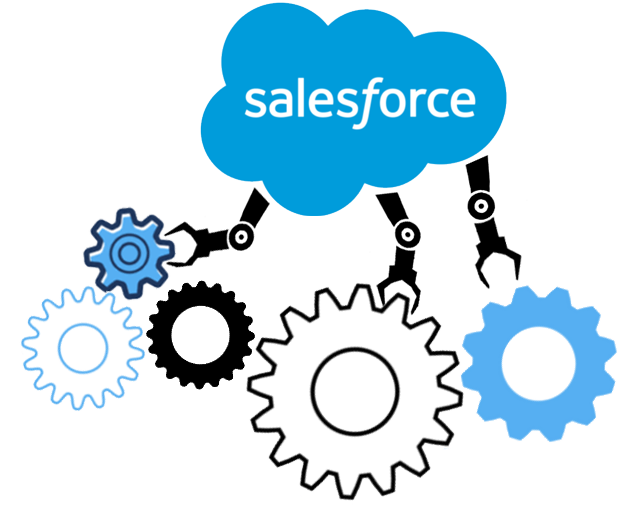Guide to Pushing Data from Your EDW to Salesforce CRM

Salesforce CRM is one of the most popular CRMs on the market today. If you have an enterprise data warehouse (EDW), you may be looking for ways to push data from your EDW into Salesforce CRM.
In this guide, we’ll explore some of the options available for doing this, and provide some tips on how to get started.
Option 1: Use the Salesforce CRM Bulk API
The Salesforce CRM Bulk API is a powerful tool that lets you upload large amounts of data into Salesforce CRM. This is a great option if you have a lot of data to transfer, and don’t need real-time synchronization between your EDW and Salesforce CRM.
To use the Bulk API, you’ll need to create a CSV file containing your data, and then upload this file using the Salesforce CRM UI. You can also use the Bulk API to programmatically upload files, but this requires some development work.
Option 2: Use the Salesforce CRM REST API
The Salesforce CRM REST API is another option for pushing data from your EDW into Salesforce CRM. This option is best if you need real-time synchronization between your two systems. Or if you only have a small amount of data to transfer.
To use the REST API, you’ll need to write some code that will make calls to the Salesforce CRM REST API. This code can be written in any programming language, but we recommend using a language that has good Salesforce CRM integration, such as Java or Python.
Option 3: Use a Data Integration Platform
If you have a lot of data to transfer and need to synchronize your data in real-time, you may want to consider using a data integration platform. A data integration platform is a piece of software that lets you easily connect different systems together, and move data between them.
There are many different data integration platforms on the market, but we recommend Talend Open Studio for Data Integration. Talend Open Studio is a free and open-source data integration platform that makes it easy to connect Salesforce CRM with your EDW.
Once you’ve decided which option is best for you, you can start writing the code or configuring the platform. In the next section, we’ll provide some tips on how to get you to start.
Get Starting: Tips for Pushing Data from Your EDW to Salesforce CRM
Now that you decide which option is best for you, it’s time to get for starting.
Here are a few tips to help you get started:
- Make sure you have a good understanding of the data you want to transfer. You’ll need to know what data you want to transfer, and how it’s structured in your EDW.
- If you’re using the Bulk API, create a CSV file containing your data. This file will use to upload your data into Salesforce CRM.
- If you’re using the REST API, write code to make calls to the Salesforce CRM REST API. This code can be written in any programming language. But we recommend using a language that has good Salesforce CRM integration, such as Java or Python.
- If you’re using a data integration platform, configure the platform to connect to your EDW and Salesforce CRM. Most platforms will have a graphical user interface that will make this easy to do.
- Test your solution before you start pushing large amounts of data. You don’t want to find out that there are problems after you’ve already transferred a lot of data.
These are just a few tips to get you starting. For more information on each of these options, see the Salesforce CRM documentation.
Conclusion:
Moving Data from Your EDW to Salesforce CRM
In this guide, we’ve explored some of the options available for moving data from your EDW to Salesforce CRM. We are also providing some tips on how to get you to start.
Which option is best for you will depend on your specific needs. If you have a lot of data to transfer and don’t need real-time synchronization, the Bulk API may be a good option. If you only have a small amount of data to transfer, or need real-time synchronization, the REST API may be a better option. And if you need to connect Salesforce CRM with other systems, a data integration platform may be the best choice.




